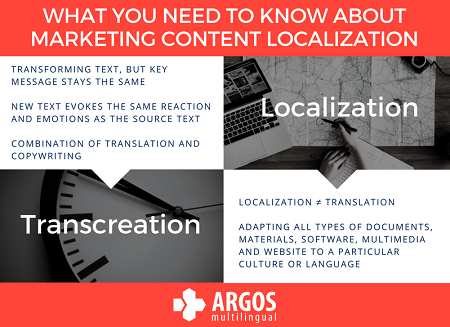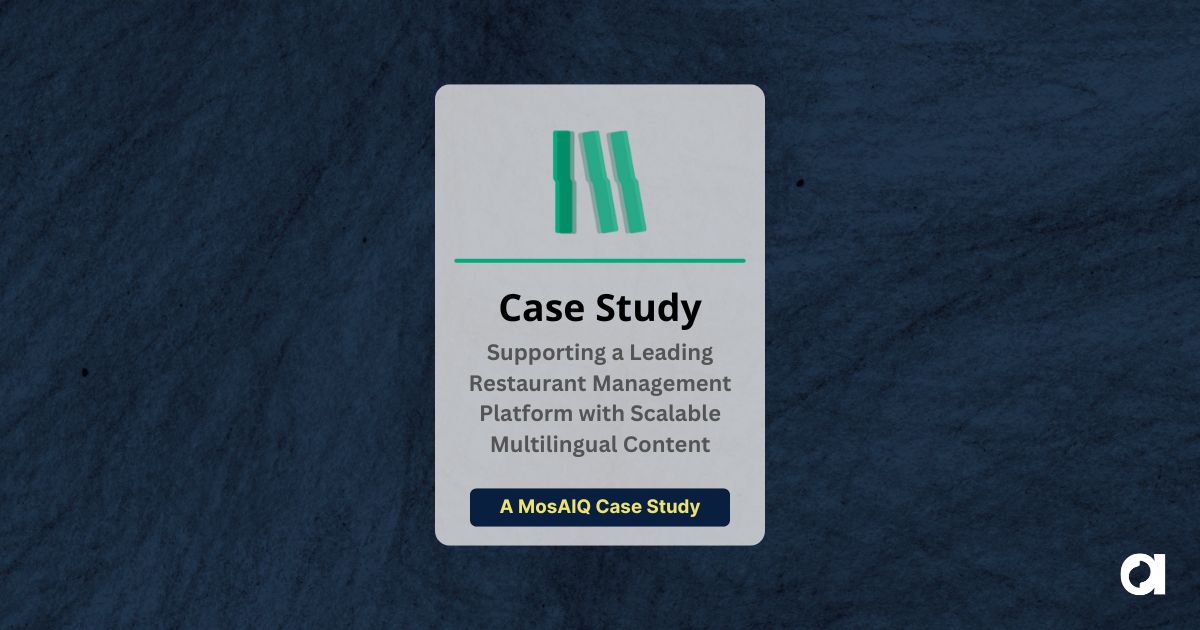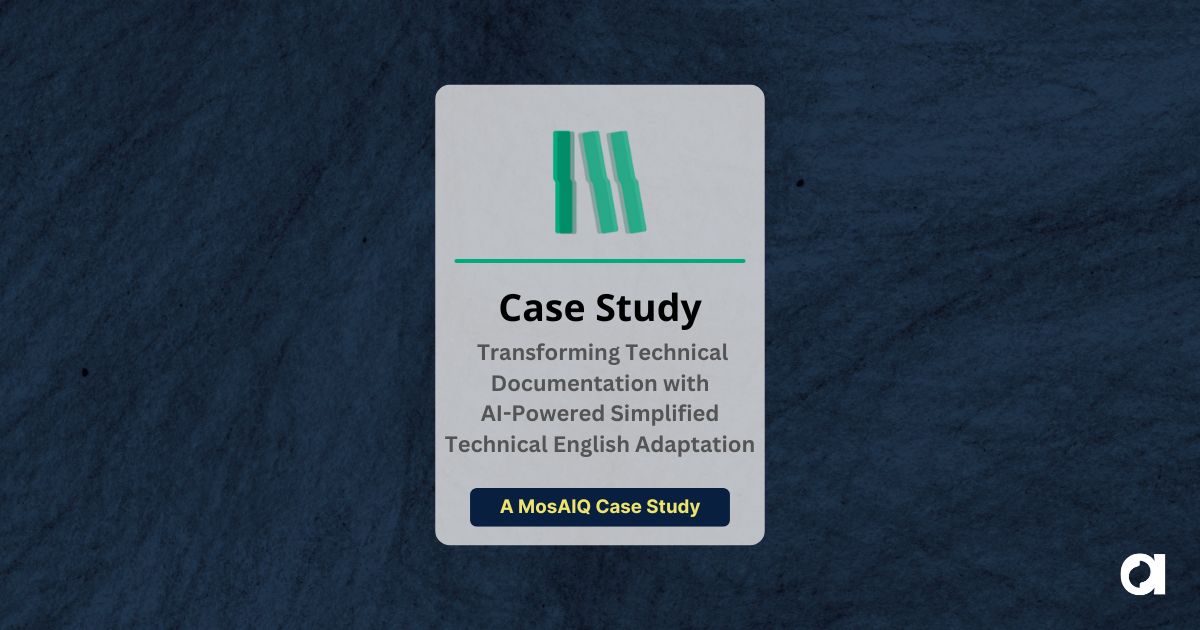The Role of Marketing Content Localization When Going Global
The key to a successful business is understanding your customers. When seeking global expansion, all businesses are faced with the same prevailing question:
How can we successfully enter and position our business, our brand and our products in this new market?
It’s this question that has meant more and more businesses are seeking more than just translation when taking their brand across borders – the points which have to be taken into consideration when it comes to Marketing Content Localization are going to be discussed in this blog series.
When businesses go global, it is crucial that their brand evoke similar reactions and emotions with target customers abroad as they do at home. A translation often won’t resonate with potential customers, because figurative language or imagery will often have a different nuance depending on the market.
Luckily there are a number of strategies which businesses can employ to make sure their message does not get lost in translation, depending on a business’s material. Let’s have a closer look at the basic strategies: Localization and Transcreation.
What is Localization?

The term “Localization” is often used interchangeably (and incorrectly) with translation, but really localization is a more involved process; it is the process of adapting all types of documents, materials, software, multimedia and websites to target a particular culture or language. Localization adapts the message, images and graphics in order to communicate with the chosen target audience.
What Does Transcreation Mean?
Transcreation is the process of transforming the text so that it is understood in the target market when taking into consideration cultural differences, figurative language and other nuances. The text itself may change, but the key message is preserved and it still evokes the same reaction and emotions as the source text.
Transcreation can be simply described as a combination of translation and copywriting all wrapped into one.
More and more brands and businesses are opting for Transcreation, to minimize the risk of having their message literally translated. Being aware of the cultural implications that can arise from translation can save businesses from embarrassment and failure when launching in other markets. It is a very involved process, and one designed to target your potential customers very carefully.
Marketing Content Localization & Copy Writing. What exactly is a copy?
Copy refers to written material, rather than images or other layout elements, and covers a broad range of contexts, including magazines, advertising and books. In other words, the term refers to the text in books, magazines and newspapers:
In an advertising context; web marketing and similar fields, copy refers to the output of copywriters, who are employed to write material, which encourages consumers to buy goods or services. In this blog post we will focus on marketing copy.
It might be tempting to try and sell your product to everyone, but not everyone needs, wants or is in a position to buy what you are offering. Thus, your business needs to study and understand its potential customer base.
Market research will help you define who your target audience is, and build a picture and a profile of whom you should aim to attract. This profile will help you to see the world through the eyes of your potential customers; understand the factors they will be considering when making a decision to buy, and will give you insight into how they will react to different messages. Furthermore, your brand message has been designed with the optimal profile in mind.
By carefully building your target profile, you will then be able to decide which tone of voice appeals to them and you can begin to build a word bank so that you use your target customers’ everyday language. Once you’re speaking the same language you can begin to appeal to the emotional benefits of your brand instead of simply the features of your products.
Nelson Mandela said “If you talk to a man in a language he understands, that goes to his head. If you talk to him in his language, that goes to his heart.”
Your creative brief plays an important role here. It is your campaign map – it will be used by copywriters to create a campaign that reflects your brand in the way you designed it, and by target writers to translate your message in a way that creates the same emotional resonance abroad as with your domestic markets.
Marketing Content Localization & Transcreation

Transcreation is so much more than translation. It’s ensuring that all the different elements that make up yourcontent; for example style, tone, idioms and analogies, are tailored to your target markets. The finished piece should read as if it were written in the reader’s mother tongue and provide them with an identical emotional experience as the source text given to the readers in the original language.
Transcreation makes cultural adjustments. When choosing color, tone or hue businesses need to think beyond how nice the color appears. For example, the color White represents peace and purity in the West, whereas in Asia it is the color used at funerals. Meanwhile the color Yellow often represents cowardice, yet in Japan it means courage. Finally, Red can often be used to symbolize passion, yet in India it actually symbolizes purity!
When choosing a slogan, product or brand name, a common practice is to keep them in English globally, but this can get you in legal hot water in some countries like France, where English used in advertising needs to have a French version too. Other things like pronunciation can put English language in a spin too, when they are spoken aloud in foreign climes.
If translation is about the ability to understand someone else’s language, transcreation is about being an accomplished creative writer in your own, while having a sound understanding of both cultures.
Transcreation writers need to have the confidence to move away from the original where necessary. Often the more creativity that went into the original message, the more creativity it will need to make the message resonate in other languages. The key is to transmit the same ideas, but using different words and imagery to suit the target market. This can mean treading a fine line.
Transcreators are creative people, but poorly thought out source copy risks putting creativity in a straitjacket. It is vital that source copy is thought out, and final before being sent for transcreation. Any transcreation of marketing communications should always be signed off in the market where it will be used, by the relevant product manager or marketing team.
Want to know more about Marketing Content Localization?
 Argos Multilingual
7 min. read
Argos Multilingual
7 min. read
Don’t Forget About Graphic Localization When Expanding Your Business Globally When a picture is worth a thousand words, we rely on graphics to communicate a lot of information to our target audience. Technical documentation, marketing materials, web sites, and software often use many graphics in their content. For your international target audience correct Graphic Localization […]

 Argos Multilingual
4 min. read
Argos Multilingual
4 min. read
The new EU Medical Device Regulations (MDR) will require close partnership with localization suppliers to ensure translation conformance. While spring of 2020 might still seem the distant future, many medical device and in-vitro diagnostic manufacturers are already undergoing preparations for the two new European Union Medical Device Regulations (MDR) – Regulation (EU) 2017/745 and Regulation […]











